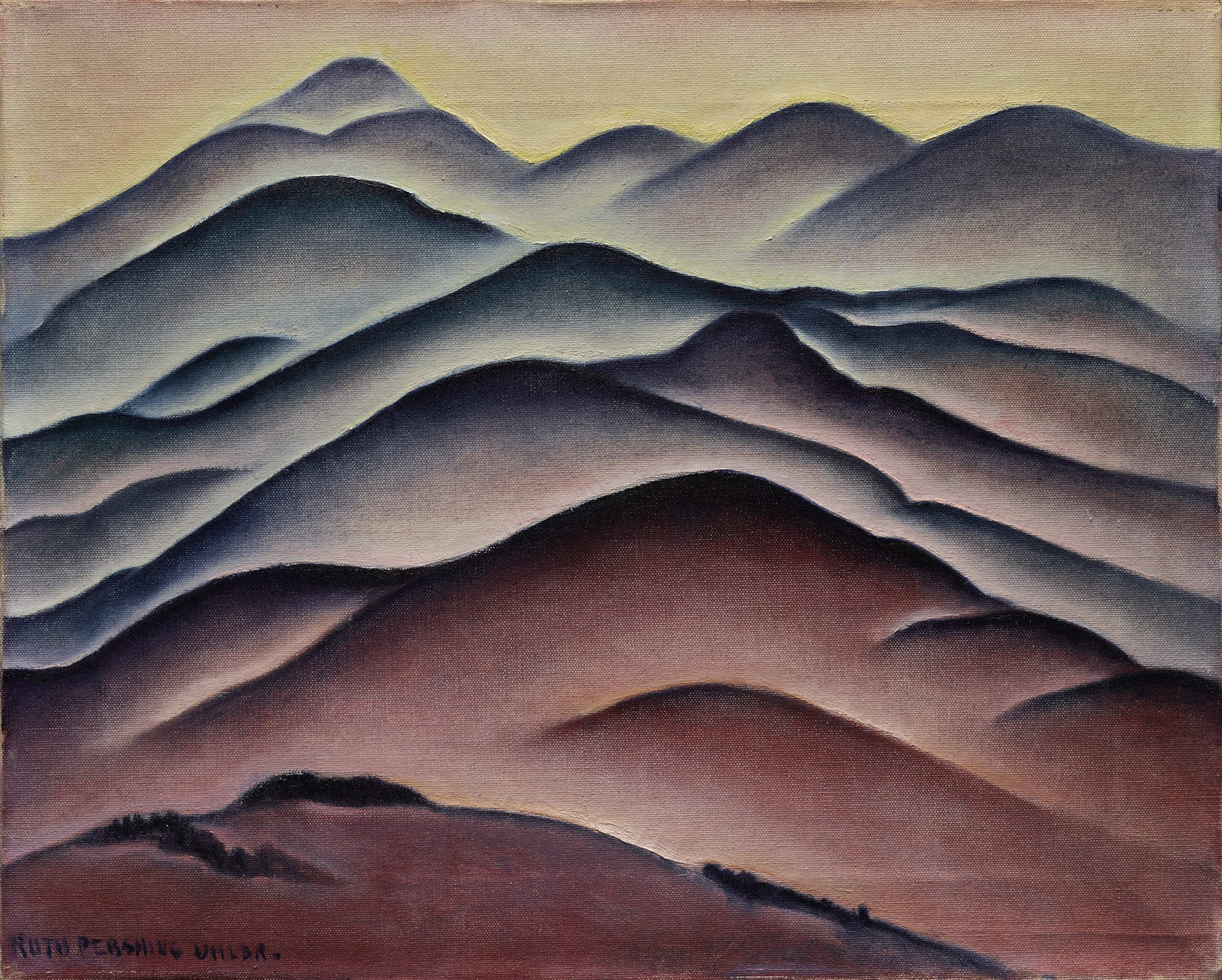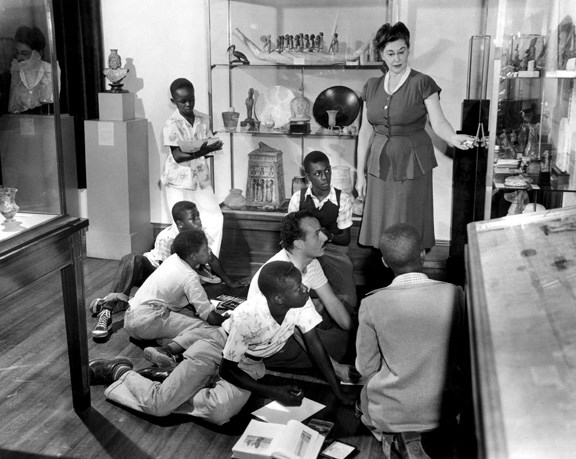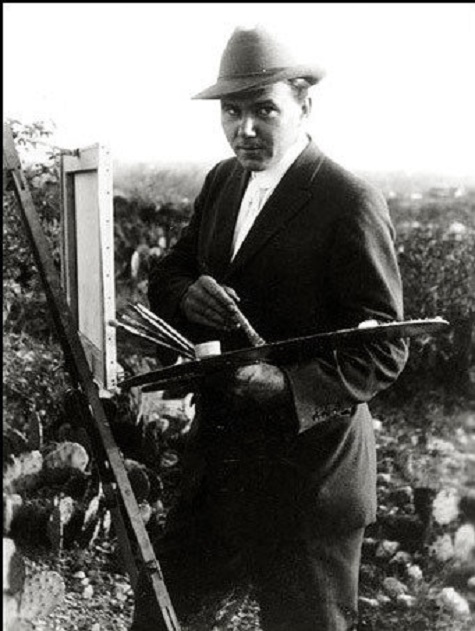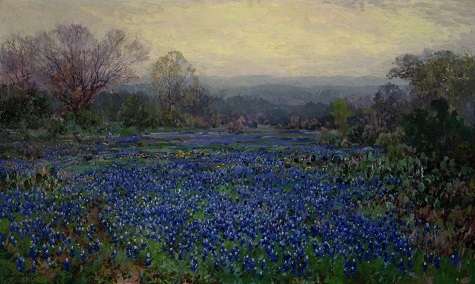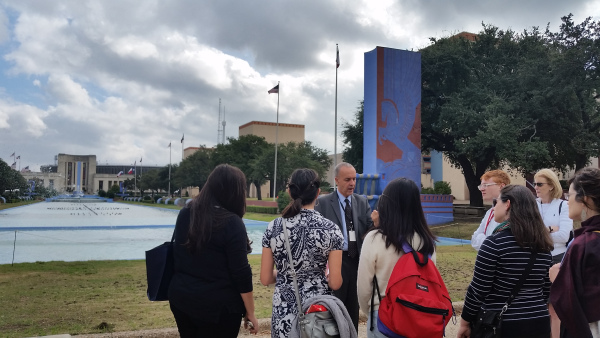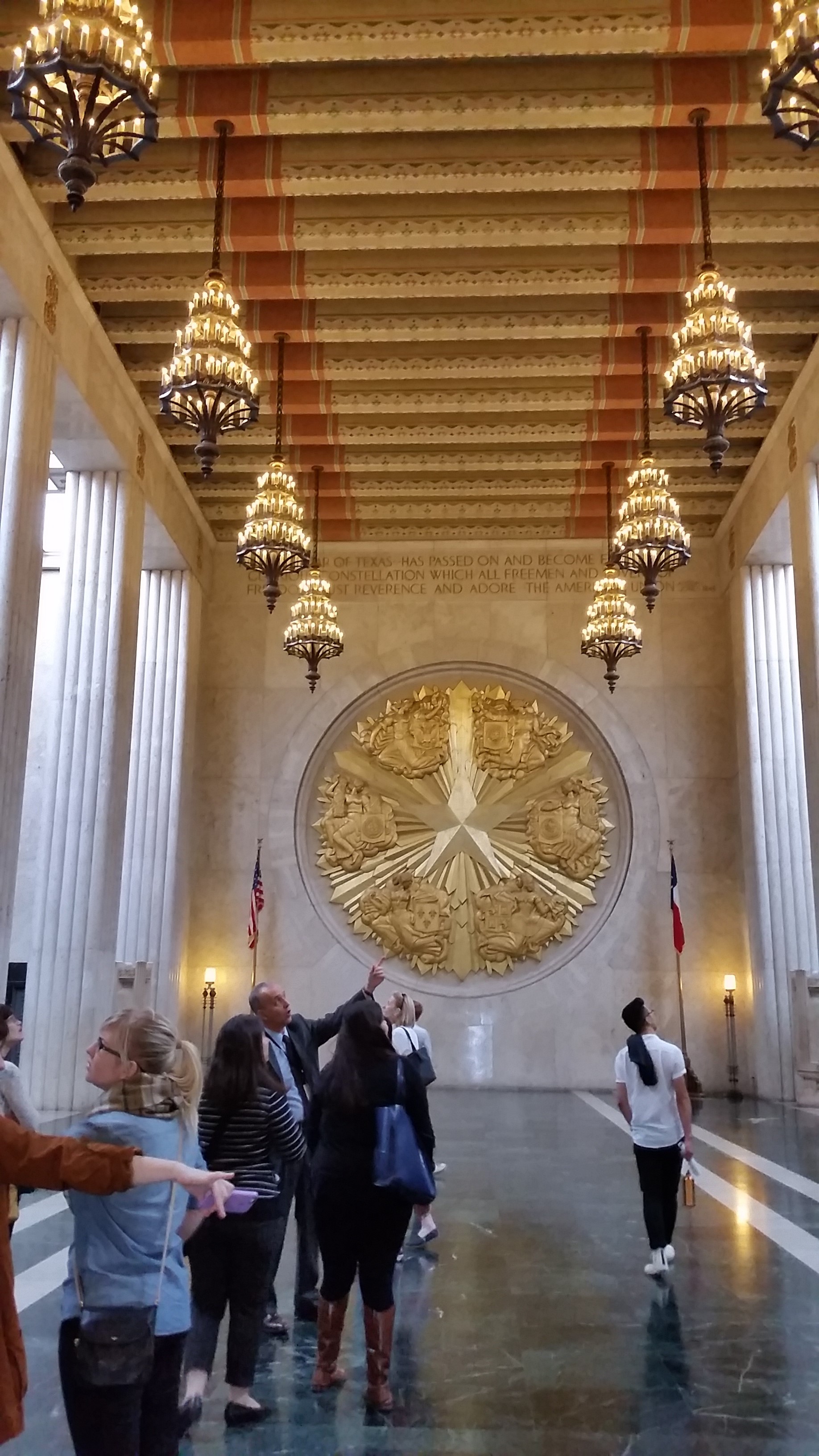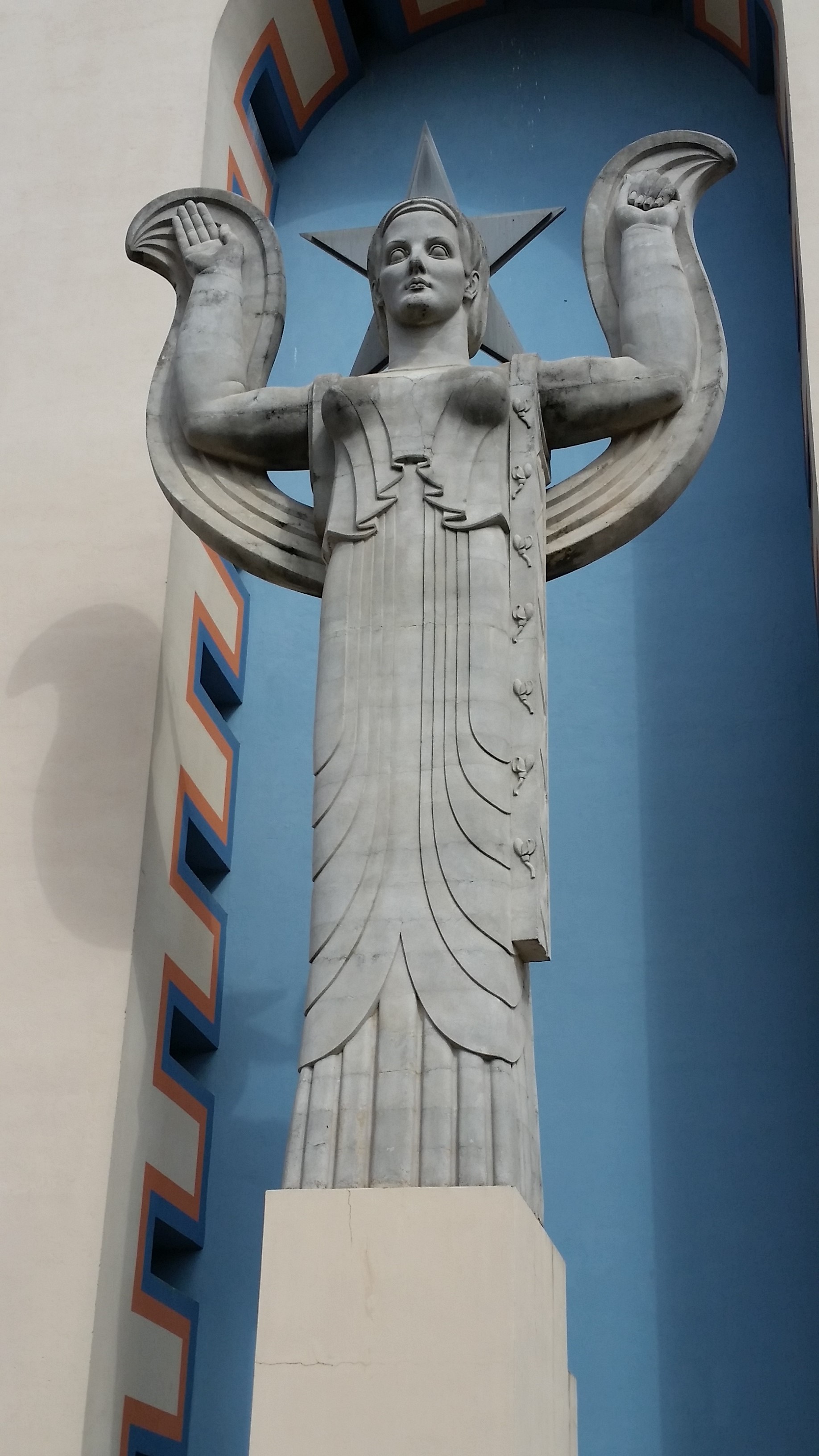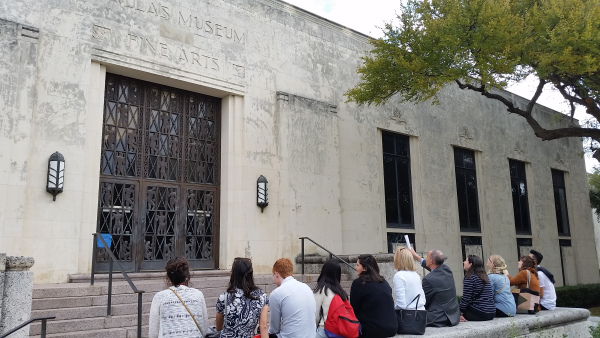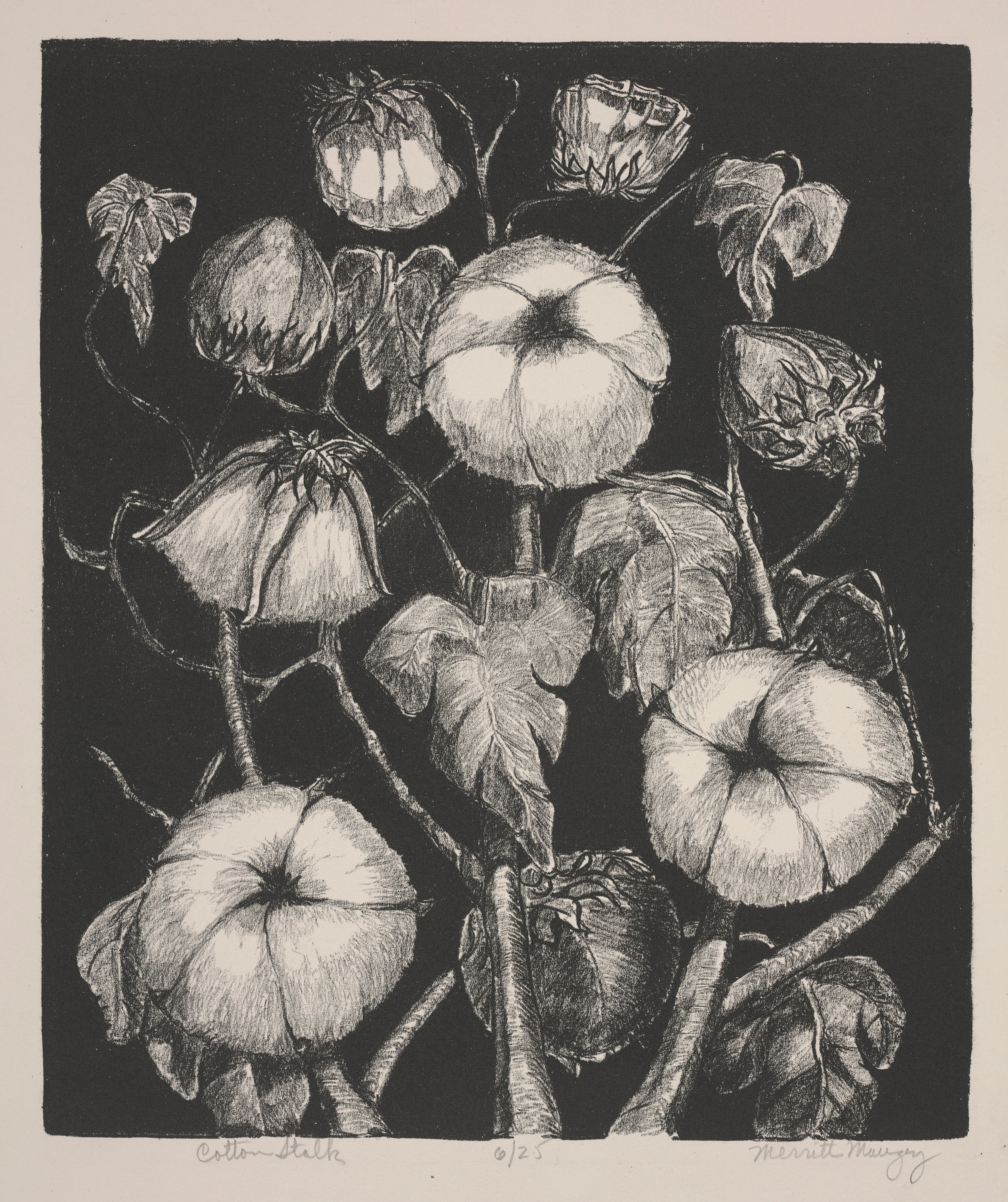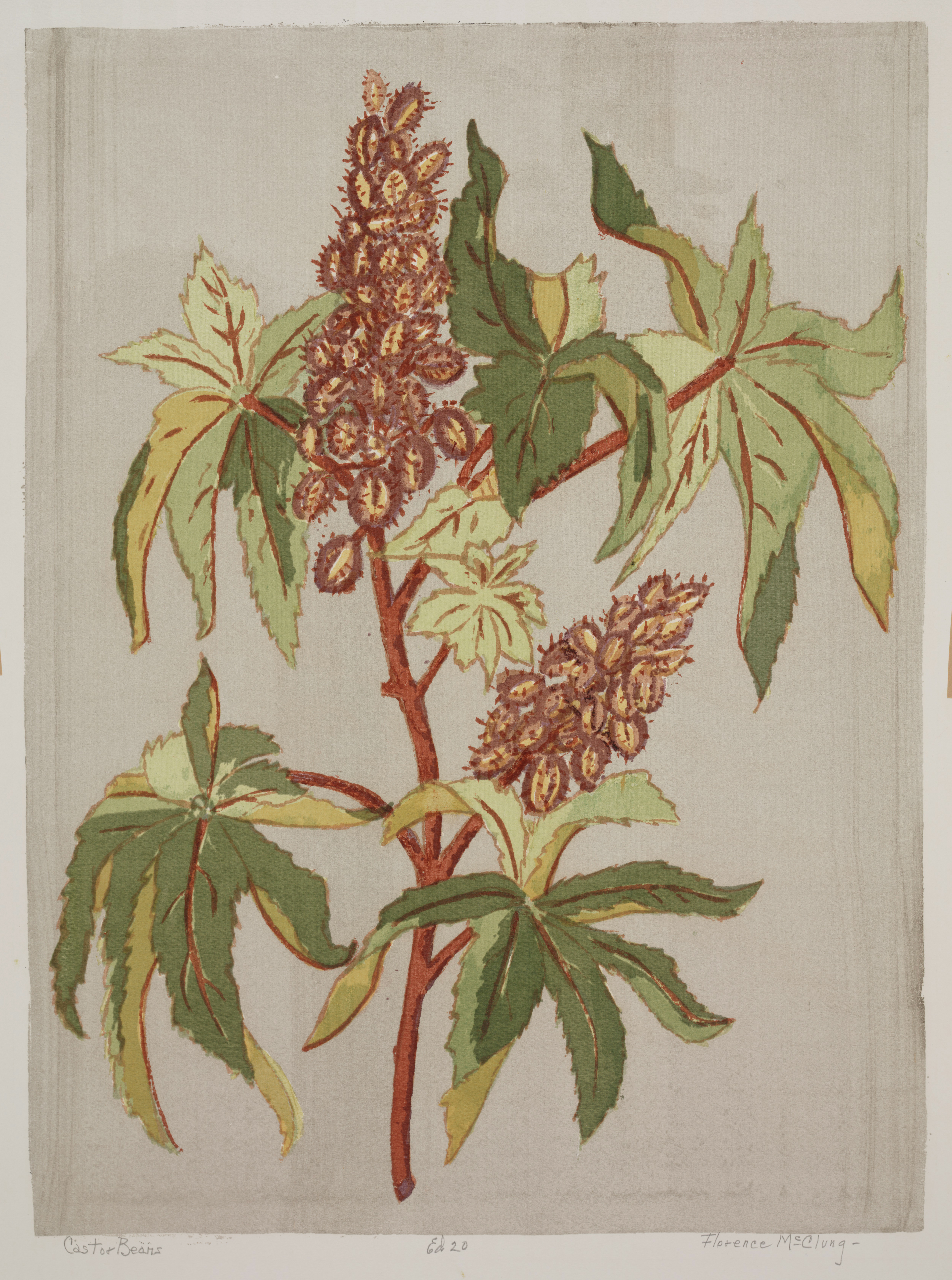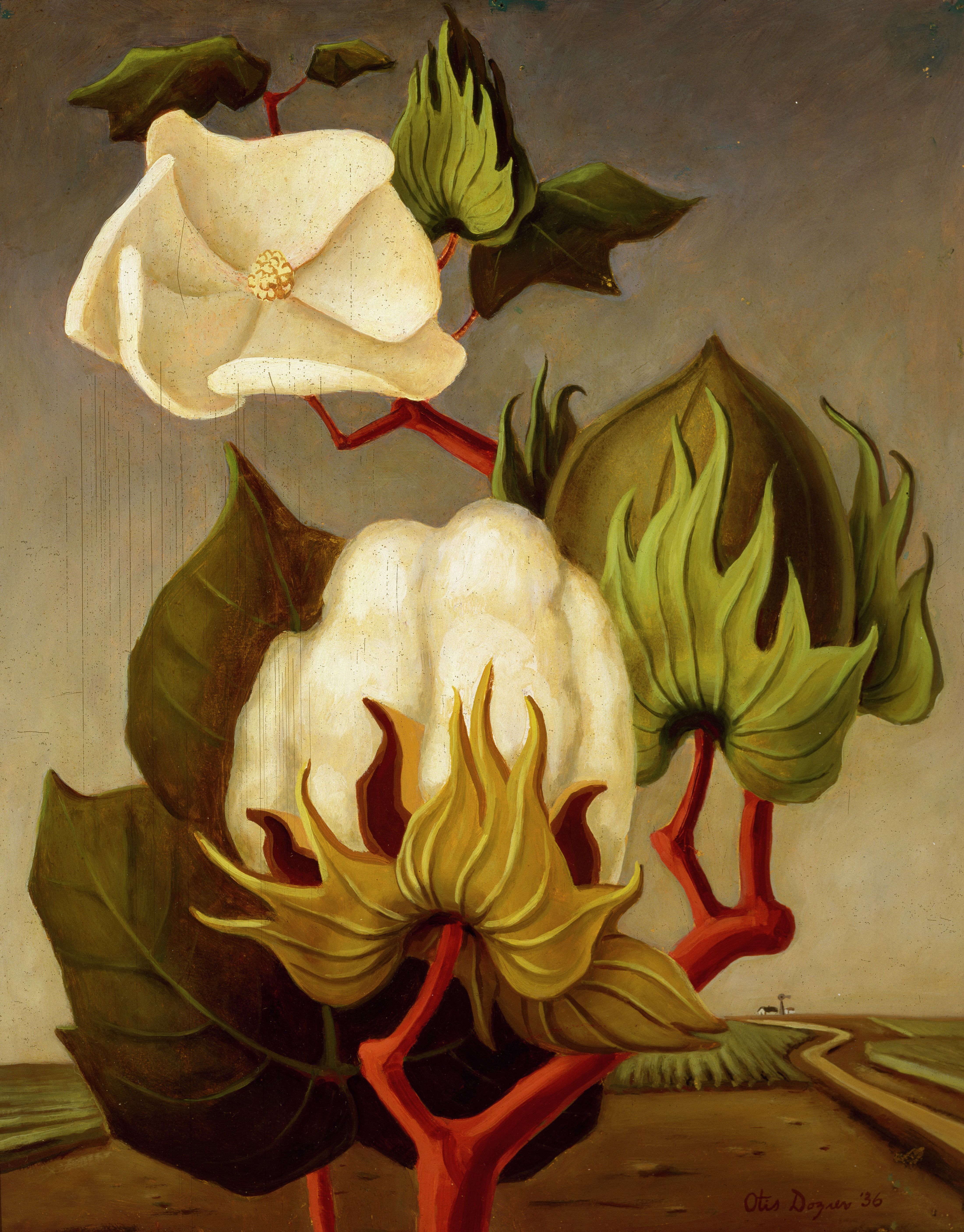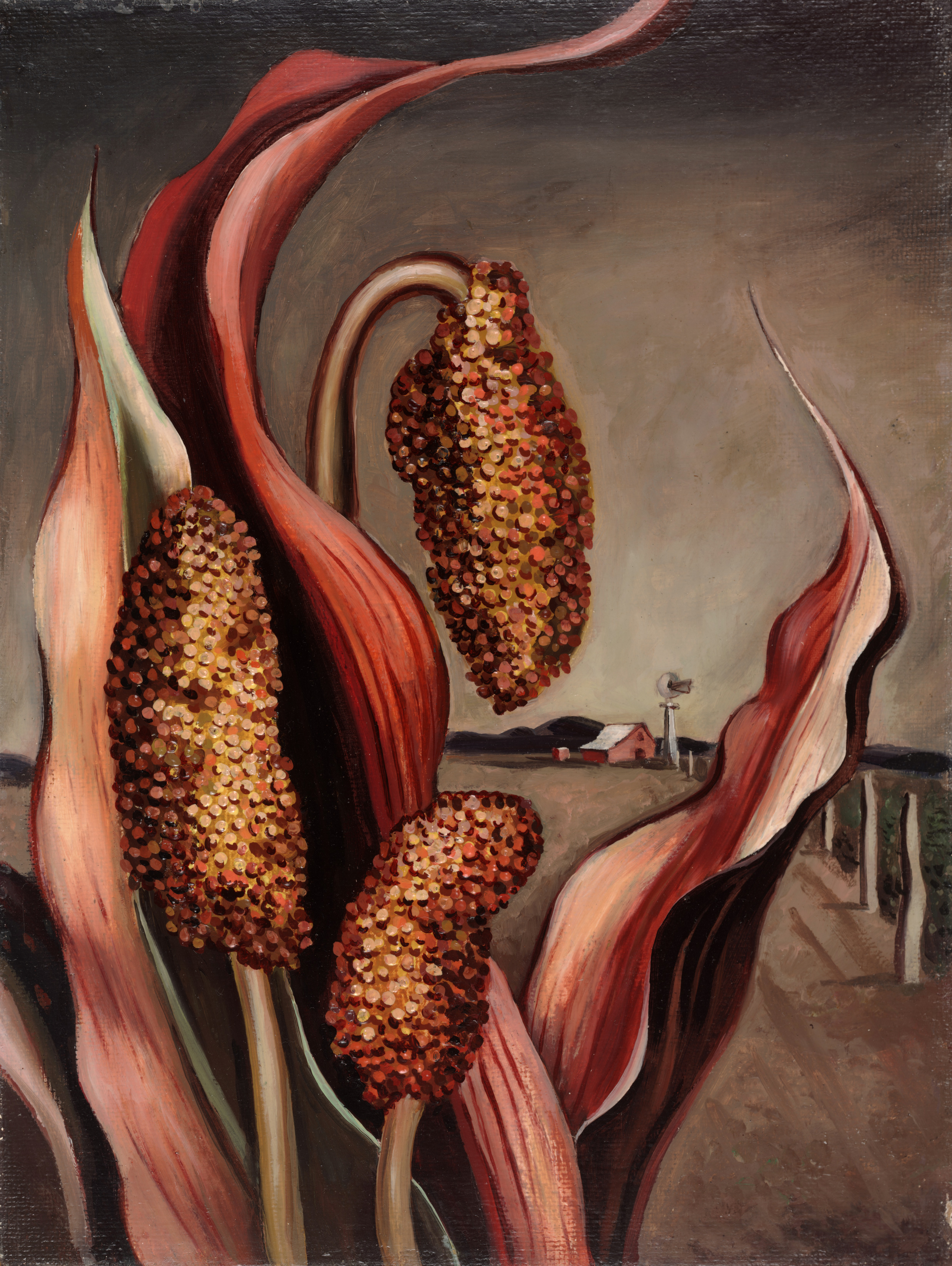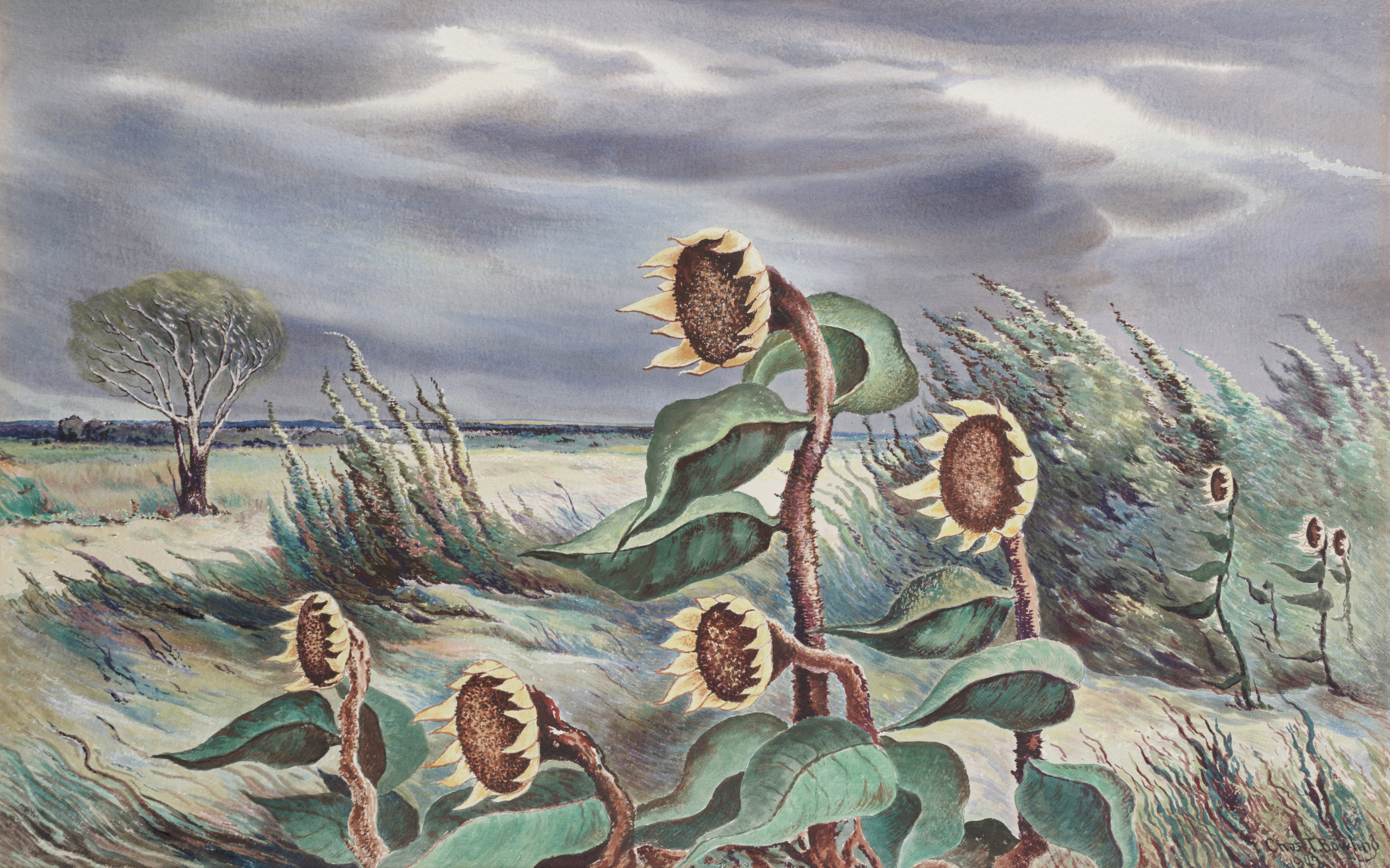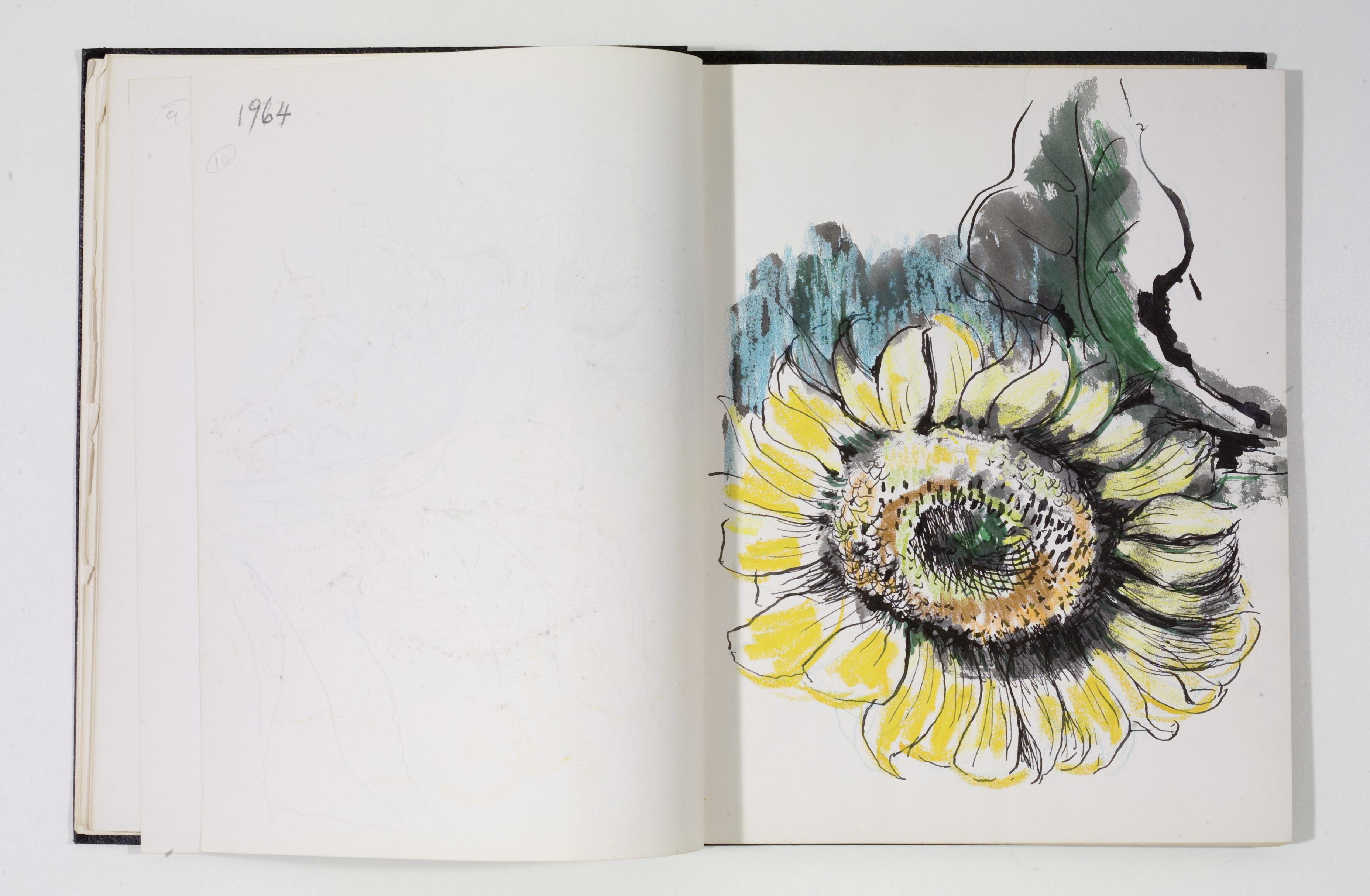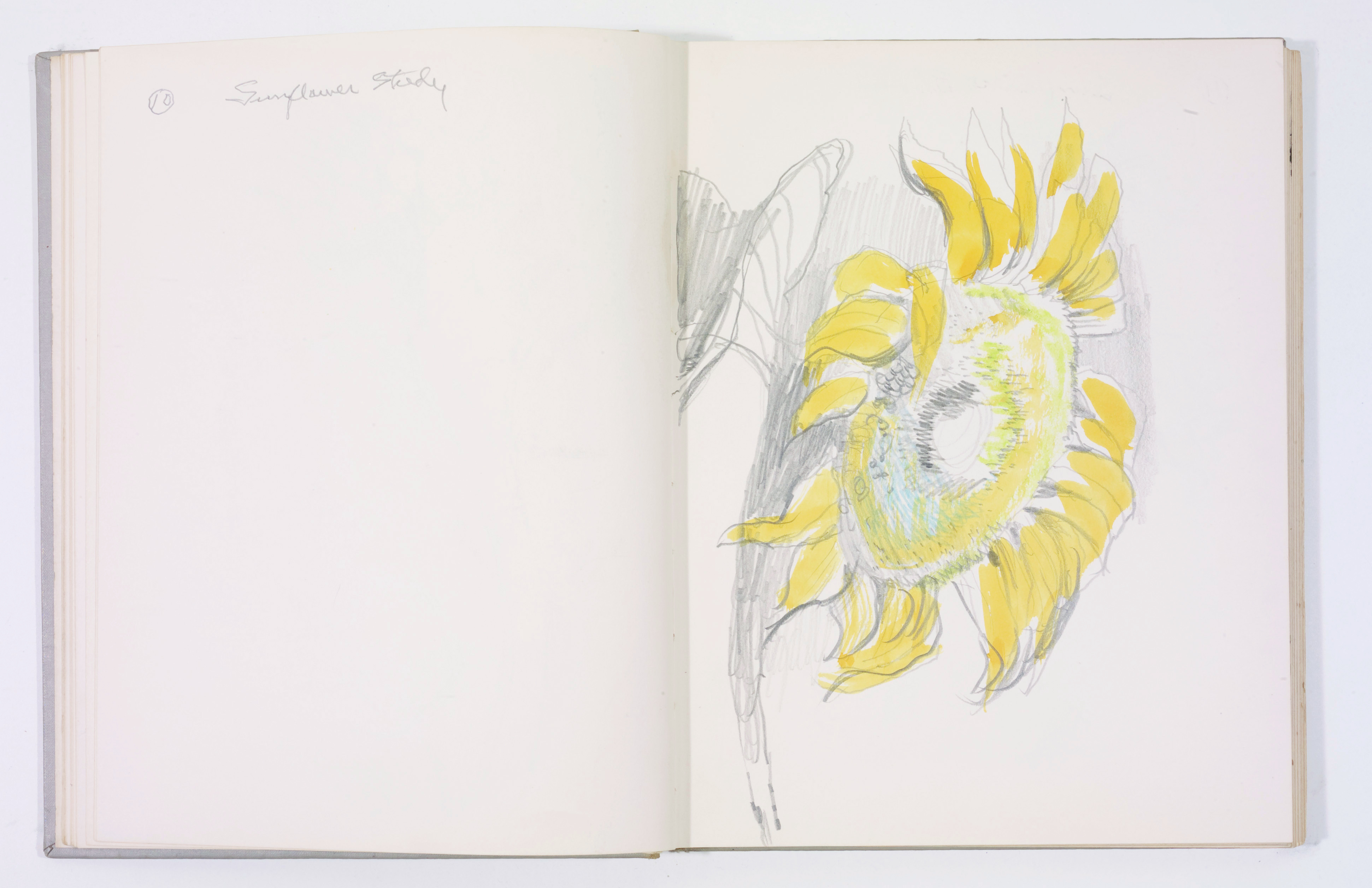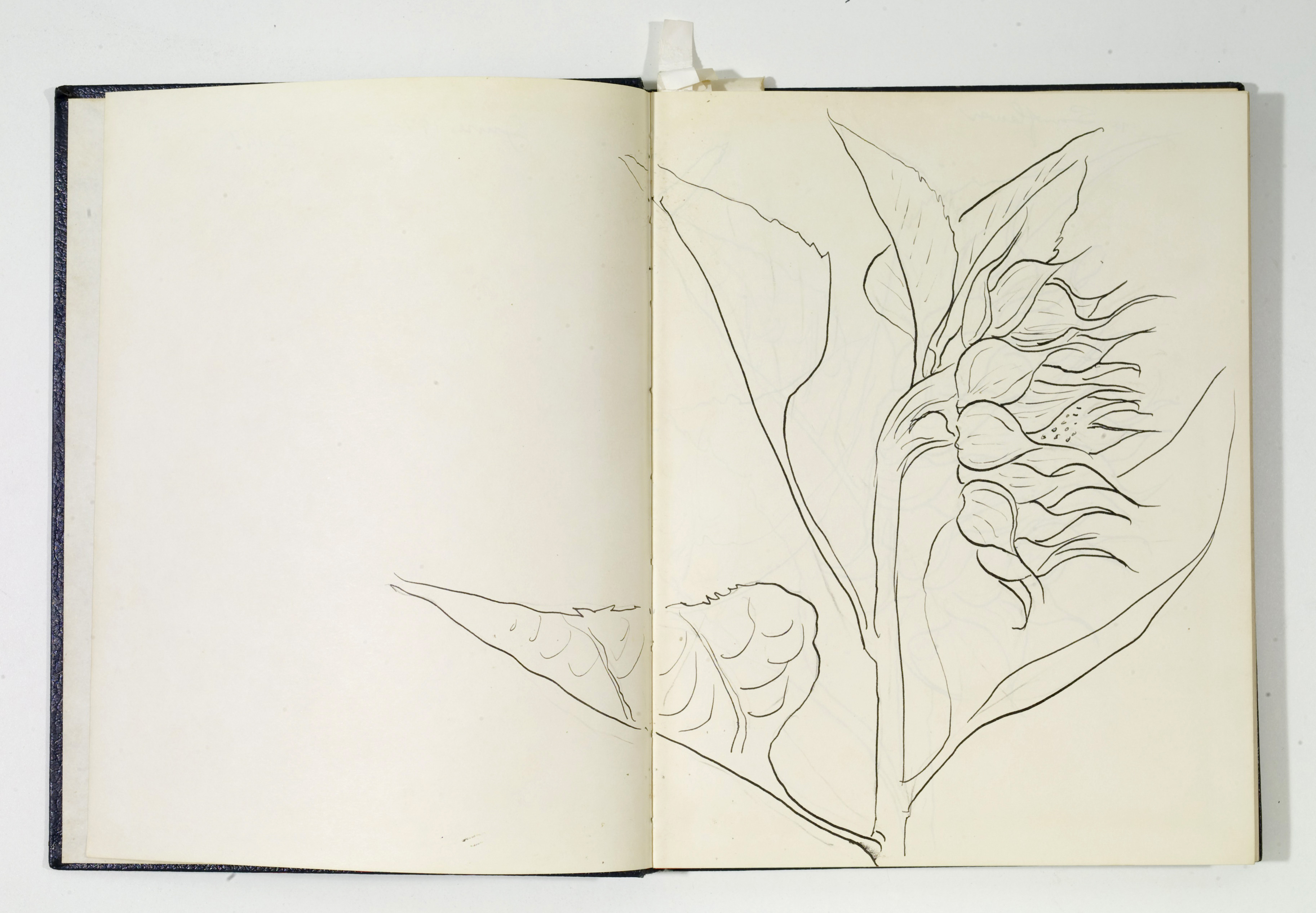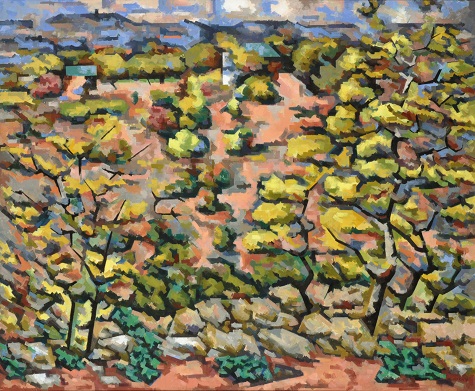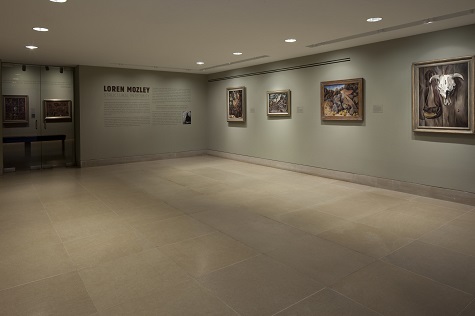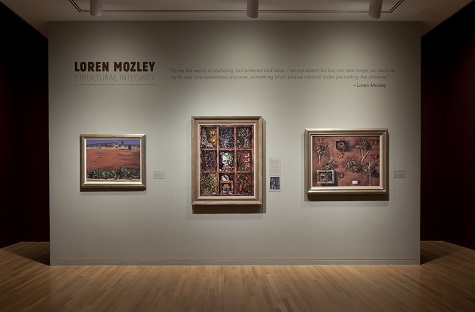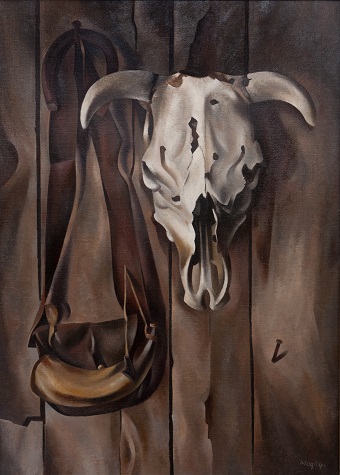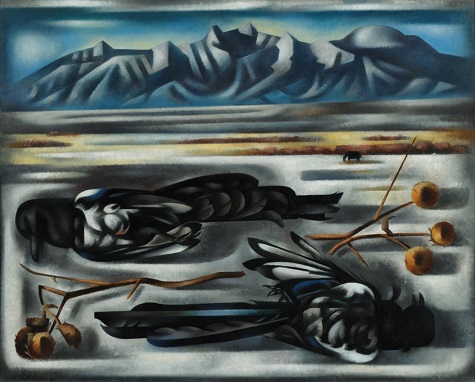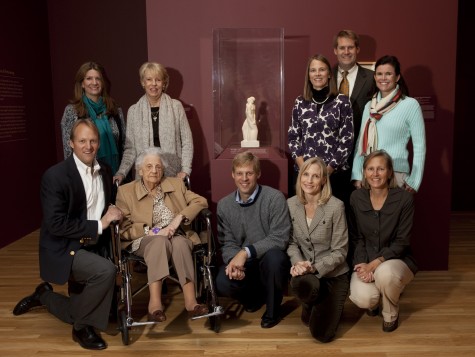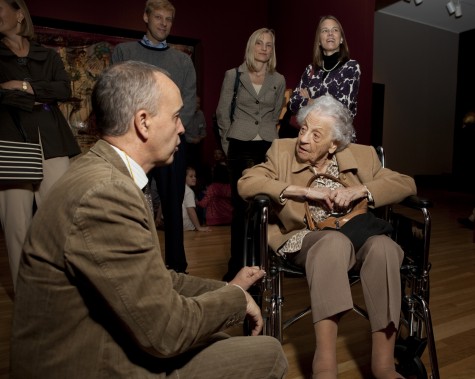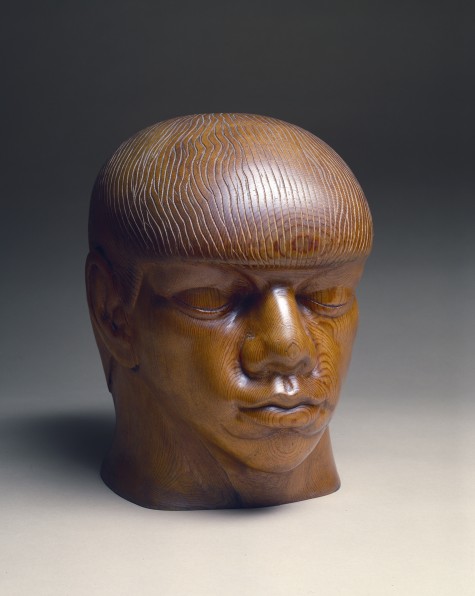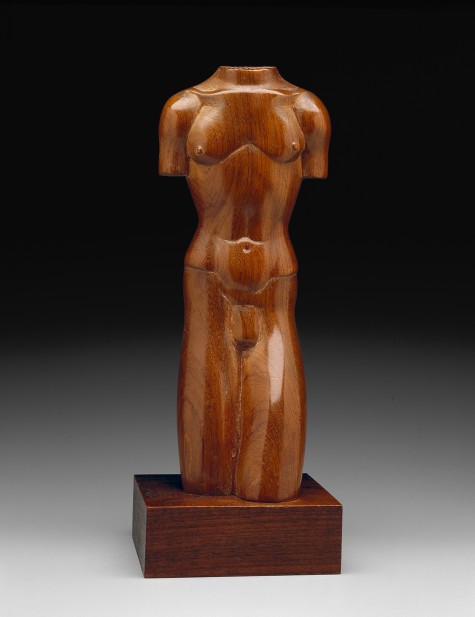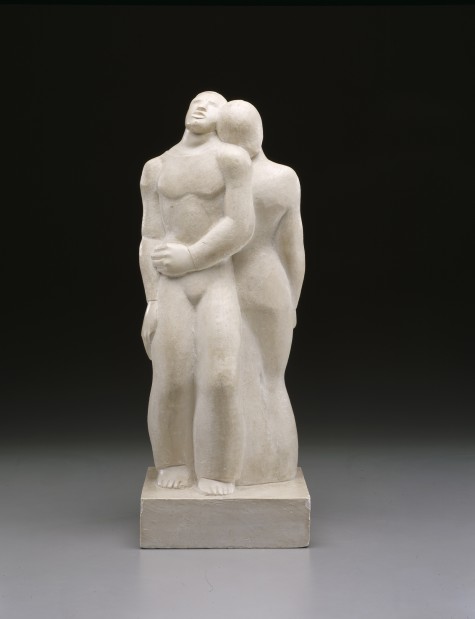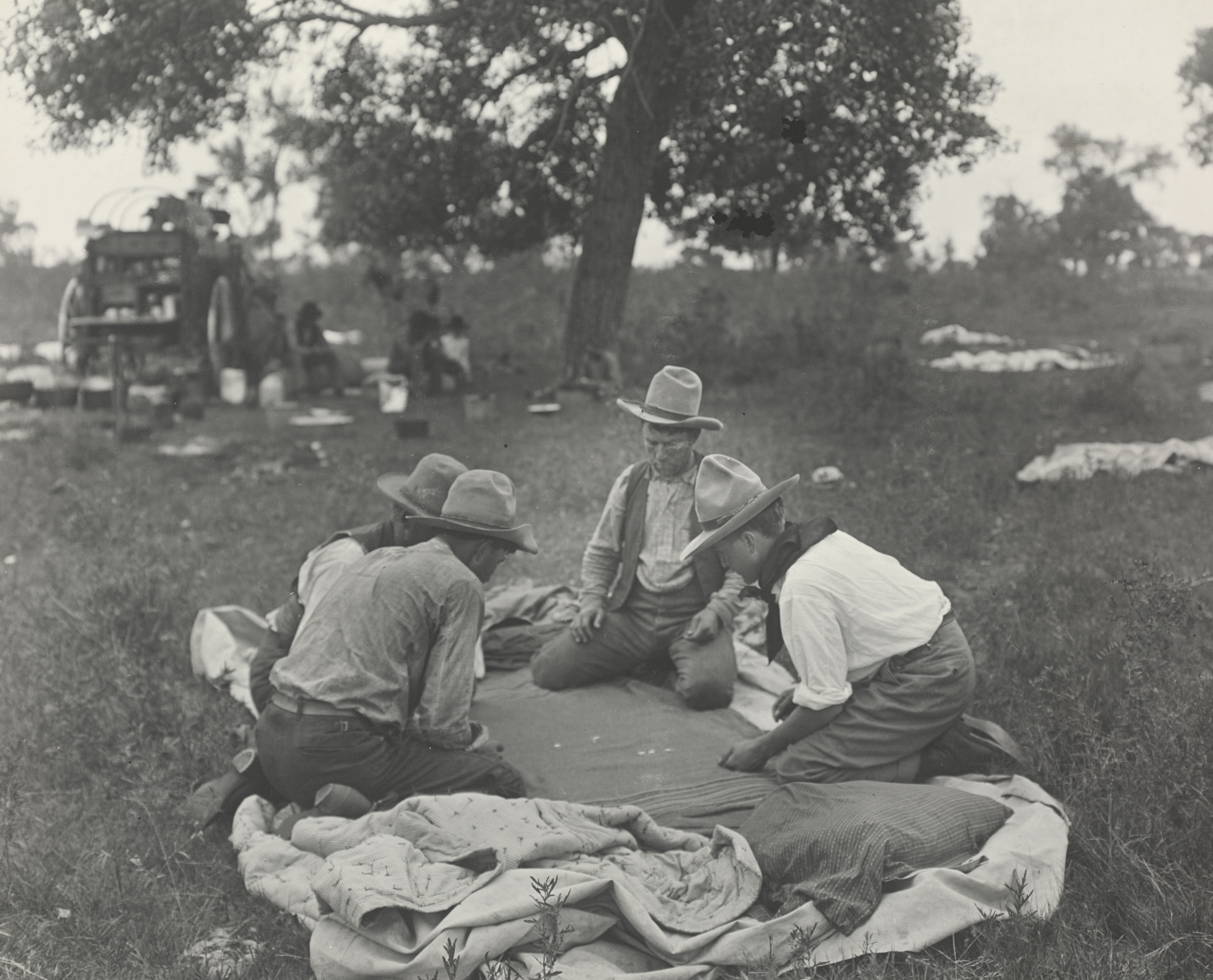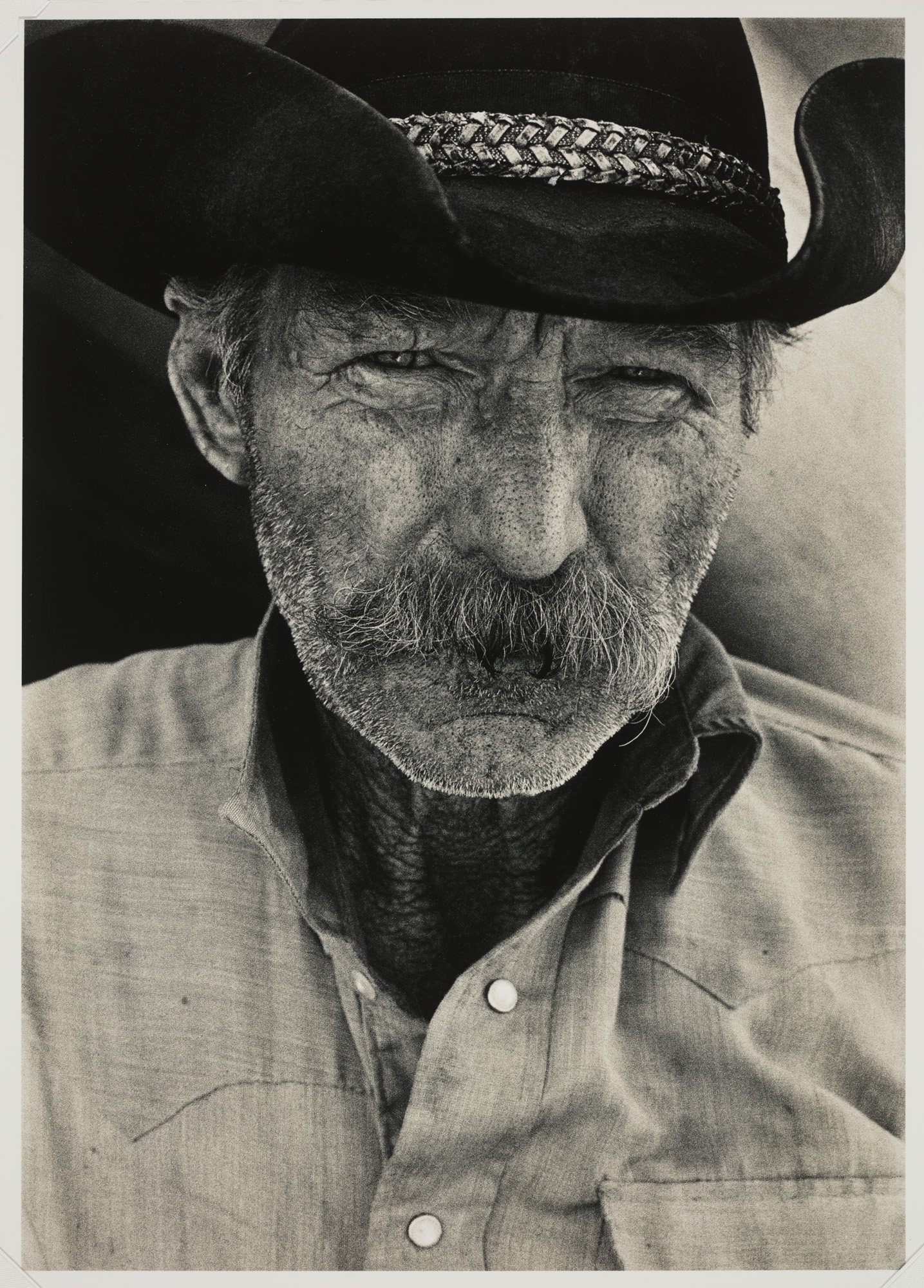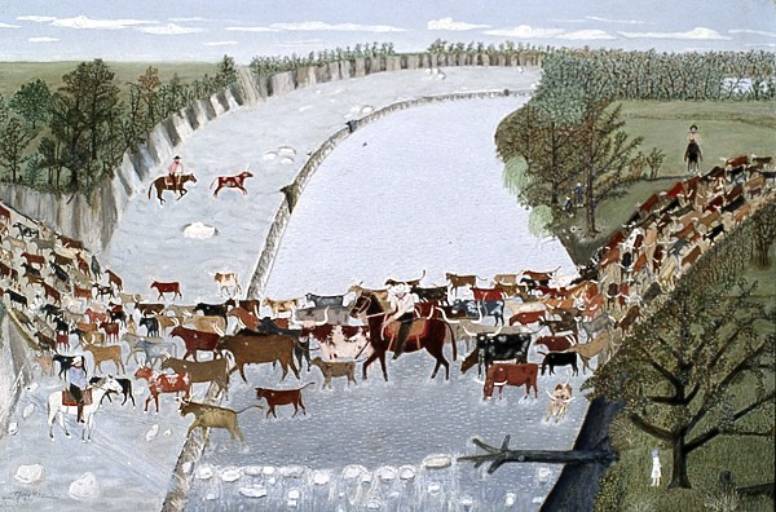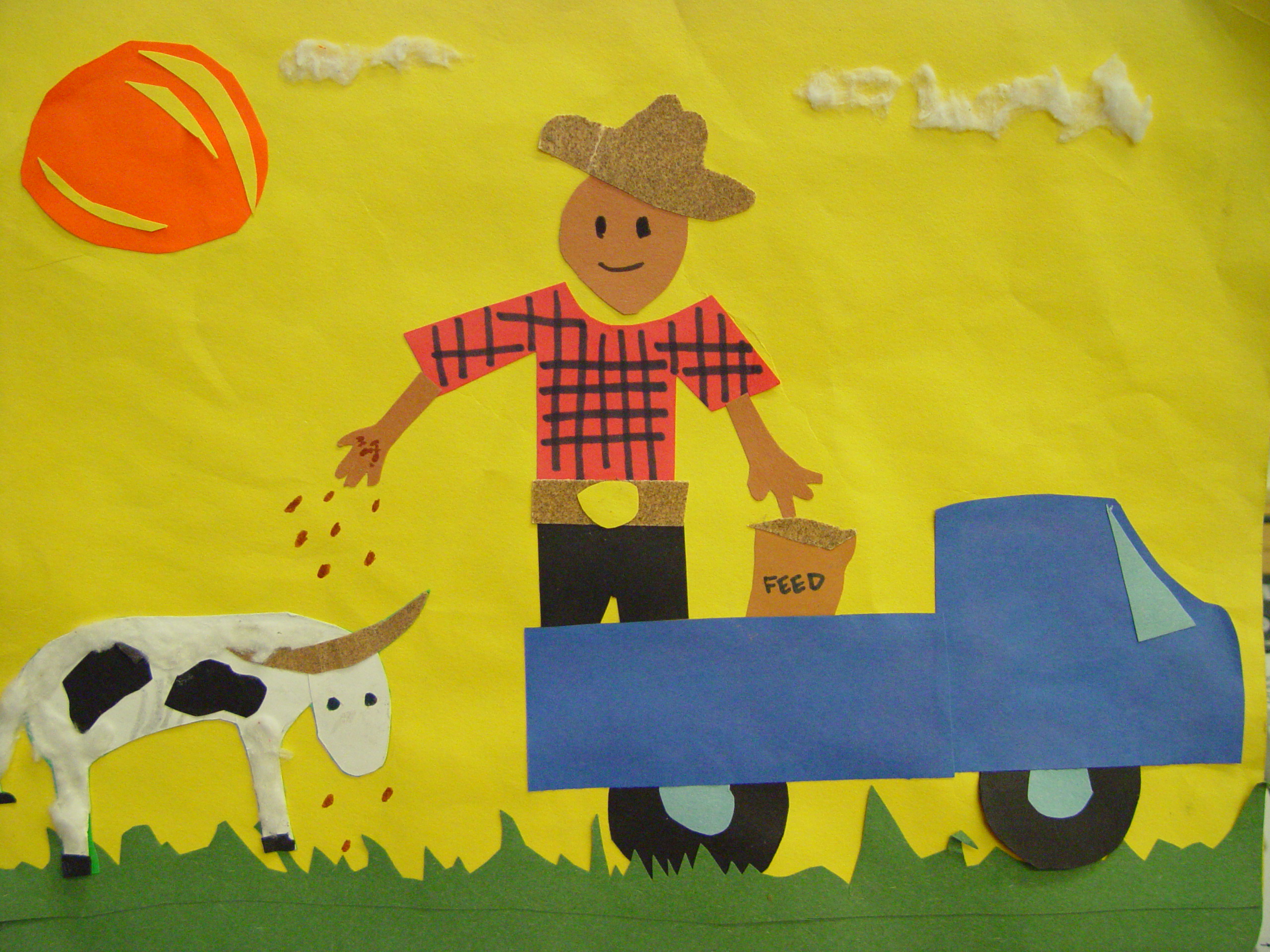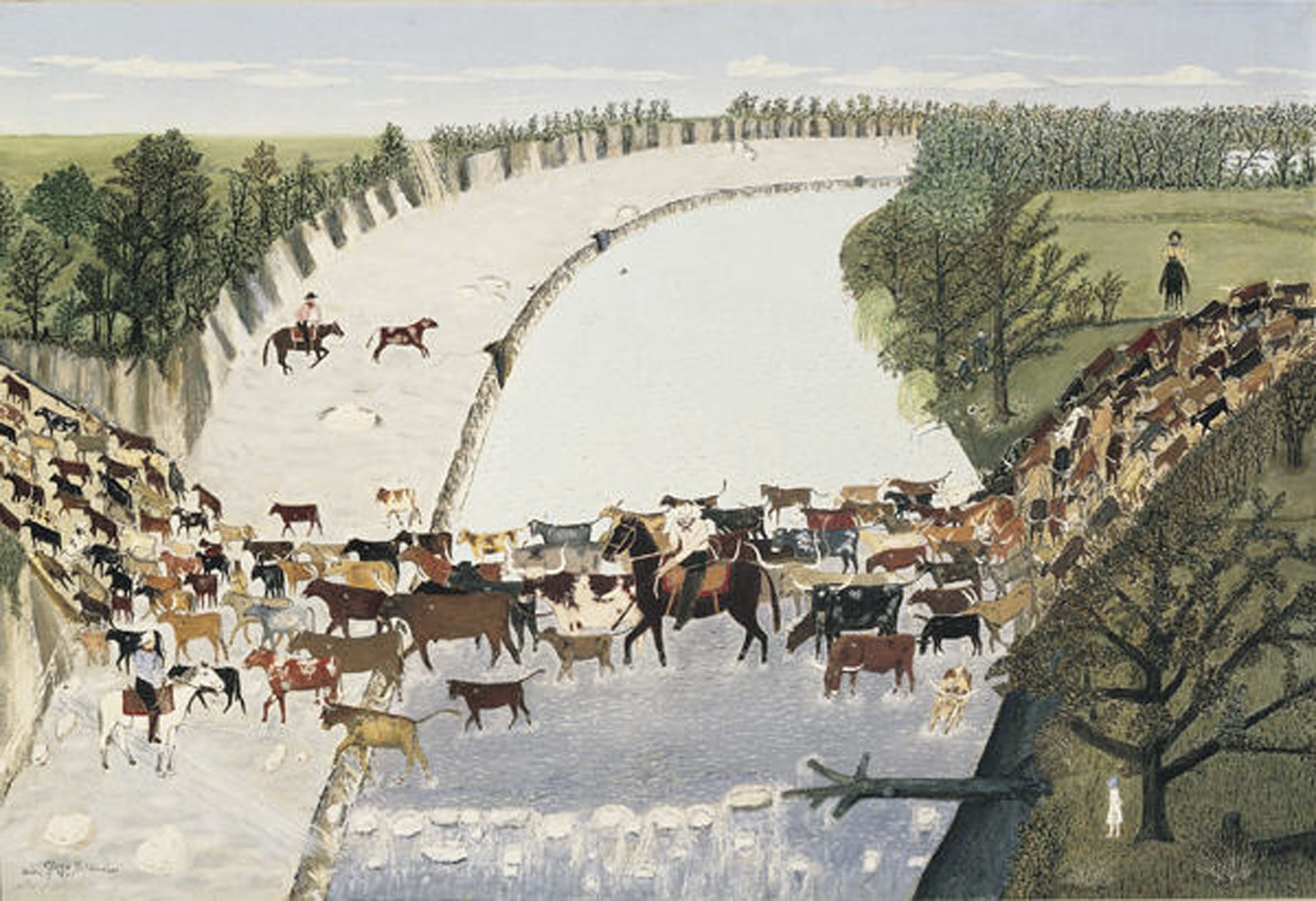
Eighty-five years ago, on March 24, 1935, the Dallas Museum of Fine Arts opened its seventh annual Dallas Allied Arts Exhibition. That same day, an illustrated spread in the Dallas Morning News announced the show’s 12 first-prize winners, all but two of which are now in the DMA’s collection. Helen Brooks’s Profile, the only self-portrait of the bunch, appears at bottom center, adding a touch of humanity to a roster of mostly landscapes and still lifes. Reviewing Dallas’s 1934-1935 art season for the Dallas Morning News a few months later, artist, critic, and future Museum Director Jerry Bywaters called Brooks’s work “one of the best drawings of the season.”
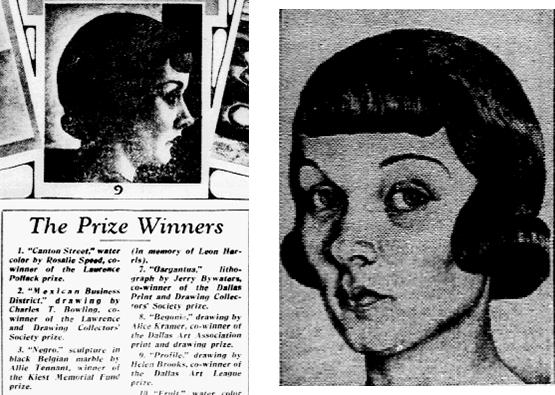
When a show of self-portraits by 27 local artists opened at the Dallas Museum of Fine Arts in January 1936, Bywaters again had nothing but praise for Brooks’s contribution, declaring in the News, “It is hard to imagine a more thoroughly convincing likeness or better drawing than the small work by Helen Brooks.” One can imagine Brooks appreciating Bywaters’ complimentary words; however, she may have raised an eyebrow at an earlier section of the 1936 article, where Bywaters applauded what he saw as the exhibition artists’ lack of vanity: “In most cases,” he wrote, the self-portraits on display “attempt to make a good rendering of a person who may be considered detachedly as a personality or a lemon [something substandard, disappointing].” Ouch, Jerry.
Bywaters’ mixed messaging aside, Profile and the later, three-quarters-view portrait reveal Brooks to be both a talented artist and a woman with a keen sense of style. She skillfully captures distinctive facial features like her sharp cheekbones; bow-shaped, downturned lips; and receding chin. Her glossy black bob with short, blunt bangs and finger waves, as well as her thinly plucked, arched brows, wouldn’t look out of place on a 1920s movie starlet—a photograph that accompanied news of Brooks’s recent wedding in October 1936 could practically double as a Golden Age Hollywood headshot. #HaircutGoals
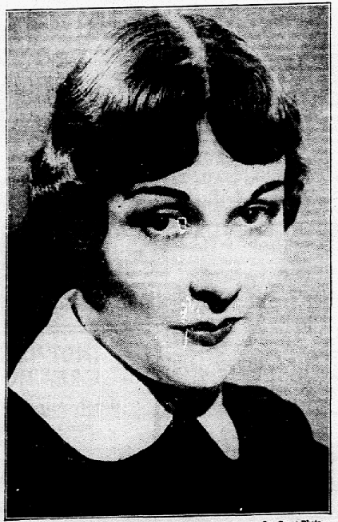
Melinda Narro is the McDermott Graduate Intern for American Art at the Dallas Museum of Art.
